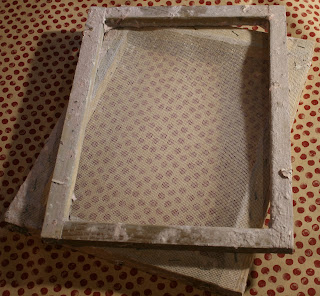Book binding through history
Books have been around for a very long time in the form of scrolls, clay or wax tablets or simply a tree bark, but around the 1st century AD, in the Roman Empire, the codex style book, similar to the modern day version, was invented. It took around 500 years for the codex in the western world to completely replace these earlier forms.
Books then on were bound between hard covers (mostly wood), with folded parchment pages sewn on to strong cords and covered with leather. Back then all books were hand crafted and took a lot of skill and effort, therefore every book was unique and different. There was rarely a uniformity in size or design. The grandest of bound works often had intricate metal decorations and even jewels on the cover.
Around the 16th century, with the arrival of the rag paper manufacturing, bookbinding started to look quite similar to what it is today. Also heavy wood covers could be replaced with lighter materials, which allowed for smaller more portable book formats to be created.
Today there are various forms of book binding techniques, but the most popular choice for handmade books is the coptic binding, which is used to sew the leaves together in a intricate way and is often the first technique new bookbinders learn.
Handmade books again come in various shapes and sizes, and is often more of a art form than purely a practical item.


.jpg)



Comments
Post a Comment